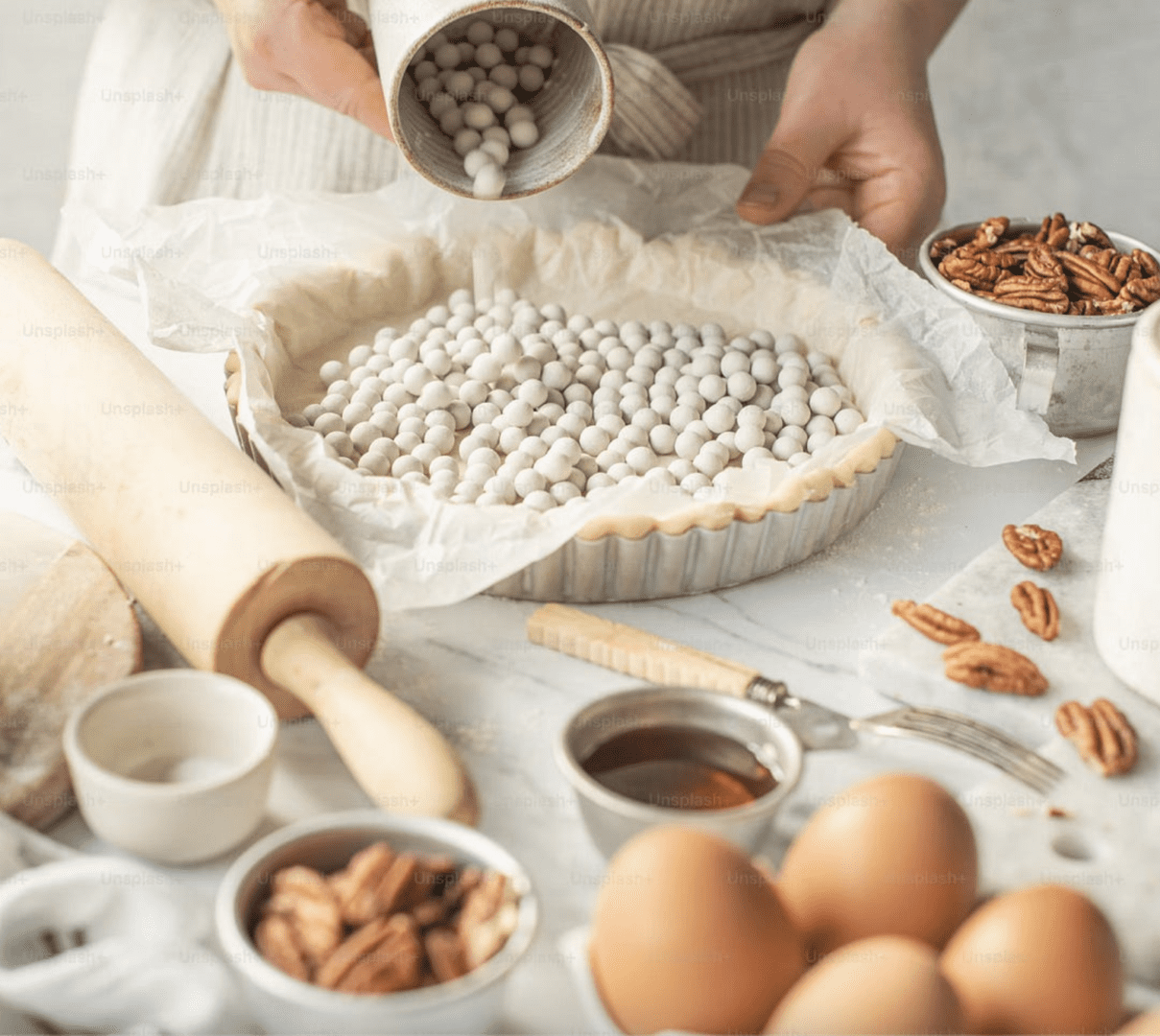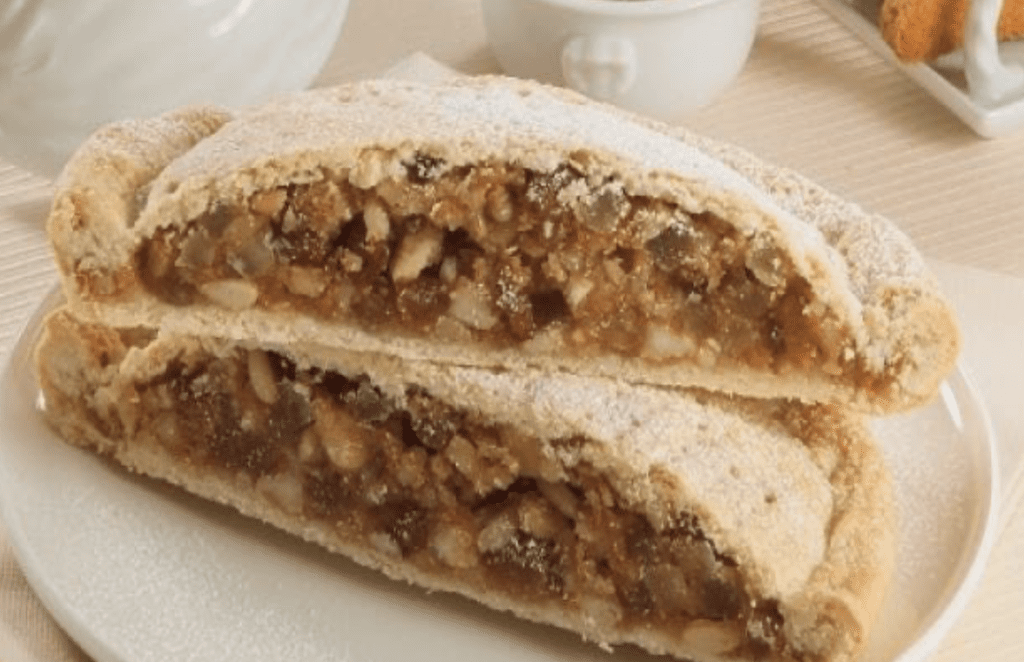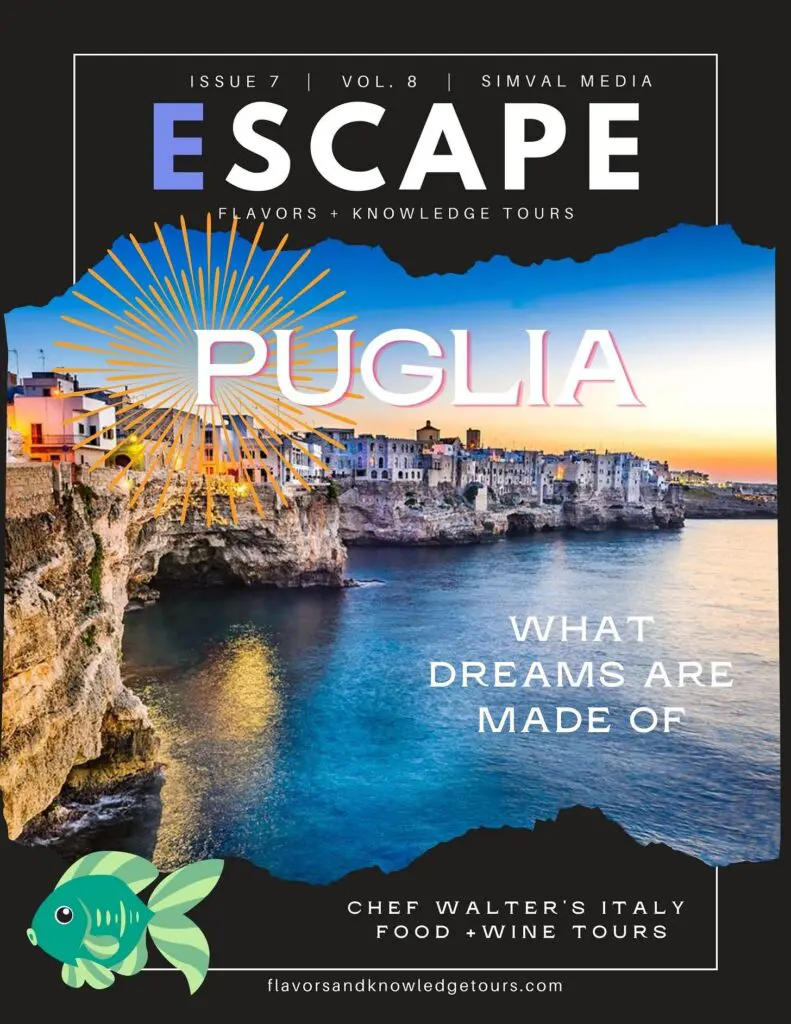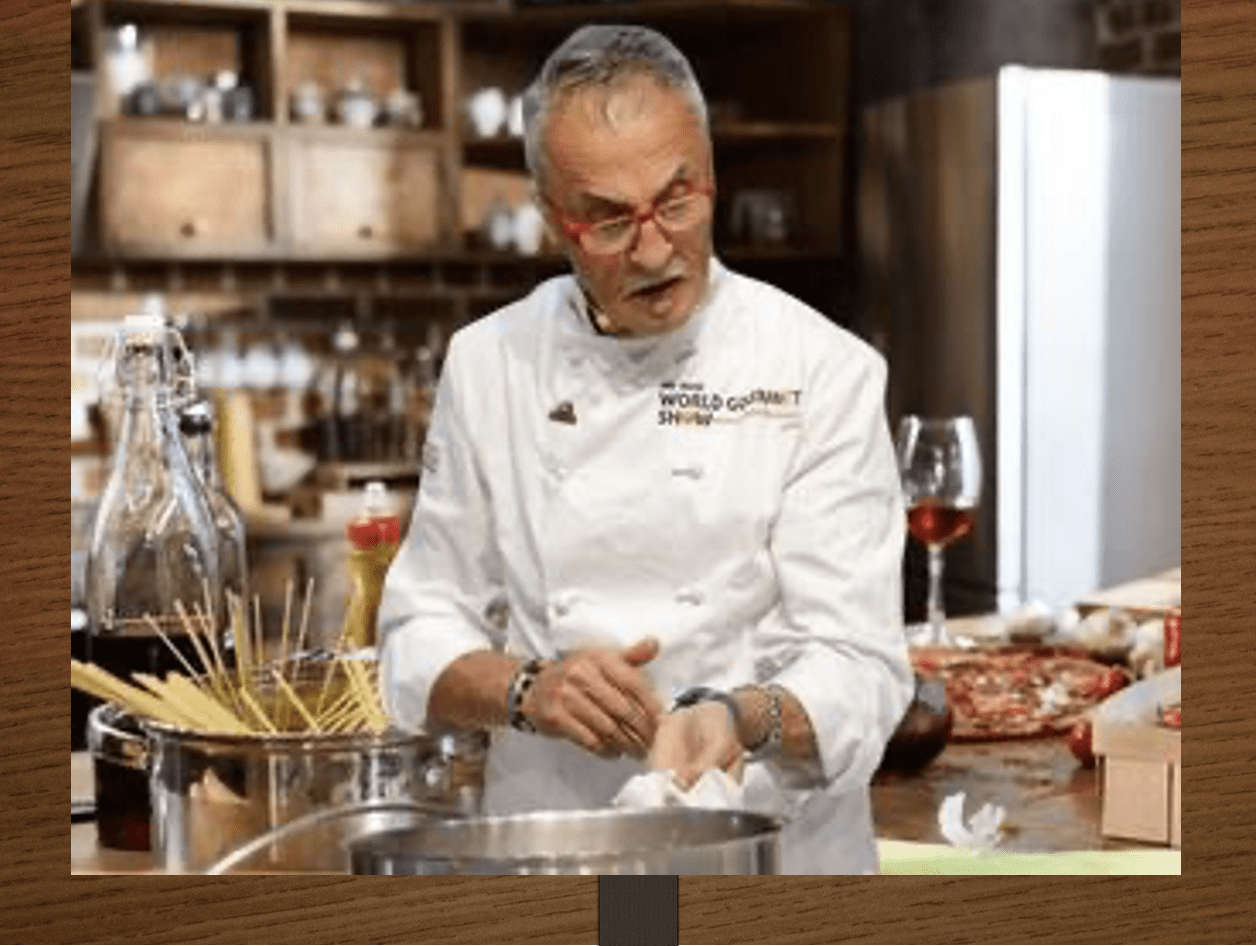Search Posts
Recent Posts
- Rhode Island Legislature Highlights Accomplishments for the 2025 Session June 25, 2025
- Sports in RI: Cody Tow, Volleyball Past, Present and Into His Future – John Cardullo June 25, 2025
- Need a Break? Time for Sour Grapes – Tim Jones June 25, 2025
- Rhode Island Weather Forecast for June 25, 2025 – Jack Donnelly June 25, 2025
- It is what it is: Commentary on 6.25.25 with Jen Brien June 25, 2025
Categories
Subscribe!
Thanks for subscribing! Please check your email for further instructions.

Ask Chef Walter: Eggless cakes – Chef Walter Potenza
by Executive Chef Walter Potenza, contributing writer
Image attribution via Olimpia Davies, from Chef Potenza
Practical substitutions when eggs are too expensive!
EGG LESS CAKES
Each shortage is an opportunity to redesign food and ignite innovation. Try the Spongata recipe included.
Friends:
I’ve always been a great fan of baking, but recently, with egg prices soaring higher than a soufflé—indeed, even $5 a dozen, as they briefly reached here in early 2025—I’ve been recomposing my recipes. As a person who spends much of my time in my culinary school coming up with and researching foods that fit today’s world, I see a personal challenge.
Eggs may be a little more expensive, even if things are improving, but I’ve learned you don’t always require them to whip up a healthy, tasty, gentle cake on a budget. Whenever there’s a lack of something, food is re-engineered, and creativity comes to the forefront. Let me share how I’ve been replacing eggs with ingenious substitutes that introduce thrift and a dash of creativity.
I began experimenting because I was looking for alternatives that were both budget-friendly and pleasant to consume. Eggs are excellent—they bind, moisten, and aerate a cake—but they are not the sole option, and I am also tired of the fact that they are mandatory in every bake. Not true!
Considering allergies, vegan friends, and my interest, I’ve been researching substitutes that reduce cholesterol, introduce nutrition, and make my cakes lighter.
Here are some ideas for you.
A personal favorite is applesauce. I replace one egg with ¼ cup of the unsweetened variety, and it works beautifully, adding moisture and a touch of sweetness. It’s high in fiber and vitamins, significantly lower in calories than eggs, and only costs me approximately $0.20 per substitution from a $2 jar.
I like to add it to a cinnamon-spiced cake—it’s sweet and fruity in a manner that makes it taste fresh. Every shortage necessitates that I recreate recipes such as this one, and the creativity makes it enjoyable.
And don’t even get me started on mashed banana. One ripe banana—a quarter cup or so—is all you need, and at under $0.70 a pound, it’s a bargain. Potassium, antioxidants, and no cholesterol? You bet. I’ve been experimenting with it in chocolate cakes, allowing that tropical flavor to take center stage. Who knew a shortage would give rise to a whole new flavor profile?
Flaxseed meal is another favorite I’ve perfected in my test kitchen laboratory. I combine one tablespoon of ground flaxseed with three tablespoons of water, wait, and lo—a “flax egg” that magically holds together. It’s a powerhouse of omega-3s and fiber, and a $5 bag lasts forever. The nutty undertone it adds to pumpkin cake seems like a discovery born of necessity—shortages breed ingenuity.
My newest trick is chia seeds. It’s the same deal—1 tablespoon with three tablespoons of water—and it gels up perfectly. Chia seeds are a nutritional powerhouse with protein and antioxidants, and while a $6 bag is pricier than flax, it’s still a bargain in the long run. I’ve incorporated them into lemon cakes for a fun, speckled effect. Updating recipes like this keeps my baking fresh and innovative.
Silken tofu was a revelation. I puree ¼ cup for each egg, making the richest, densest cakes—ideal for a fudgy chocolate torte. It’s protein-packed and low in fat, and a $3 block replaces multiple eggs. When I serve it, people can’t believe there are no eggs. That’s the type of ingenuity I love when ingredients are limited.
Yogurt has also been a game-changer. I replace ¼ cup of plain dairy or non-dairy yogurt for every egg, and it provides moisture with a zesty kick. Probiotics for the gut and a $2 container that lasts. Sold. It’s a stroke of genius in berry cakes, adding a zesty twist that tastes new every time. Shortages make me get creative with classics, and this is a winner.
And then there’s aquafaba—chickpea water right out of the can. Three tablespoons per egg whipped into soft peaks, and the egg whites reborn. It’s free with a $1.70 can of low-calorie and mineral-rich chickpeas. I mix it into a chocolate cake batter, and the lightness amazes me. It’s kitchen alchemy created by doing without.
The dollars pile up. A 2–3 egg cake would now cost me $0.90–$1.85, but with the applesauce ($0.40), flax ($0.30), or aquafaba (practically nothing), I’m smiling in the kitchen. The substitutions are doable as staples in other dishes, stretching the budget. I’ve learned a few tricks from my trial runs in culinary school: add ¼ teaspoon extra baking powder if the cake requires additional lift, combine wet and binding subs for texture, and intensify the flavors, such as banana sweetness or yogurt tang.
One of my favorite recipes is my Eggless Chocolate Aquafaba Cake: here are the ingredients: 1 ½ cups of all-purpose flour, or the Italian double 00 flour, 1 cup sugar, ⅓ cups unsweetened cocoa, one teaspoon of baking soda, ½ teaspoons sea salt, 1 cup of water, ⅓ cups vegetable oil, one teaspoon of vanilla, and 6 tbsp aquafaba, whipped and folded in. Bake at 350°F for 30 to 35 minutes and have a light dessert for under $3.
Final thoughts
My favorite aspect is the novelty. When I present a vanilla cake speckled with chia or a torte full of tofu, people talk; initially, they are hesitant to try them. But it is not just about the cake—it’s a narrative of adaptation in the age. In my cooking school, I’m continuously experimenting, developing recipes that match the challenges of the day for the newer generation and their palates. The price of eggs may remain slightly high for a while, but my spirits are not low. Each shortage is an opportunity to reimagine food and ignite innovation.
So grab a bowl and come over—these egg-free cakes are great for your body, wallet, and adventurous palate.

Try this delectable recipe from my friends at Al Bacio
Spongata
Spongata is a flat, round cake with a thin, crunchy pastry dough covered with powdered sugar. Its soft, light-brown filling has a very pronounced, spiced flavor. It resembles a spiced fruit and nut cake enclosed in a crumbly pastry shell. In the past, spongata was made during the winter, beginning on All Saints’ Day or November 2nd. The cake was stored in special containers. Today, it is available year-round, and you can even find a chocolate version.
History
The original recipe was first written down at the end of the 14th century. The cake comprises toasted bread, walnuts, honey, sugar, pine nuts, raisins, cloves, nutmeg, cinnamon, orange peel, and white wine. Its name comes from the Italian word for sponge, or spugna, referring to the consistency of the filling and the small holes on the outside.
Some people believe that spongata was brought to Italy by the Jews. In contrast, others suggest it is a Roman dish kept alive during the Middle Ages thanks to the tradition of panes melati ac pepati, or spiced honey bread. The ducal family of Este regulated the production of spongata by a special decree.
Spongata is made in and around Reggio Emilia and Brescello. It is also produced in the provinces that border Parma, including Busseto, Corniglio, Berceto, Cassio, Piacenza, and Modena. Traditionally, it can also be found in Pontremoli, Valle del Magra, and Sarzana. In Busseto, spongata has particular historical importance. While Giuseppe Verdi composed Don Carlos, he would visit the Antica Pasticceria Muggia, founded in 1867.
The pastry shop served a special dessert of pastry dough filled with honey, almonds, pine nuts, candied fruit, citron, and raisins. Verdi thought the cake was a masterpiece, and the spongata became Busseto’s official dessert. In Brescello, a small city near Reggio Emilia, spongata was first documented in 1454, and the following year, a cake was sent to the Duke of Borso d’Este. Thanks to priest Don Palazzi, the ancient recipe for the real Spongata di Brescello was rediscovered in 1830 and given to Panizzi, a spice vendor. Since 1863, Spongata di Brescello has been associated with Luigi Benelli, who commercialized the production of this regional and unique specialty.
Spongata di Brescello Recipe
Ingredients: for a 9-inch cake
For the Dough:
300g (2½ cups) all-purpose flour
100g (½ cup) granulated sugar
150g (⅔ cup) unsalted butter, cold and cubed
1 large egg
1 egg yolk
Zest of 1 lemon
1 tsp vanilla extract
A pinch of salt
For the Filling:
200g (1½ cups) mixed nuts (walnuts, almonds, hazelnuts), toasted and coarsely chopped
100g (¾ cup) dried figs, finely chopped
100g (¾ cup) raisins or sultanas
50g (⅓ cup) candied orange peel, diced
150g (½ cup) honey (preferably chestnut or acacia)
50g (¼ cup) brown sugar
1 tsp ground cinnamon
½ tsp ground cloves
½ tsp ground nutmeg
Zest of 1 orange
2 tbsp breadcrumbs (to absorb excess moisture)
1 tbsp rum or brandy (optional)
For Decoration:
1 egg white, lightly beaten
Powdered sugar (for dusting)
Instructions:
1. Make the Dough:
Mix the flour, sugar, lemon zest, and salt in a large bowl. Rub in the cold butter with your fingertips until the mixture resembles breadcrumbs. Add the egg, egg yolk, and vanilla extract, then knead gently until a smooth dough forms. Shape into a disk, wrap in plastic, and refrigerate for 1 hour.
2. Prepare the Filling:
Warm the honey and brown sugar in a saucepan over low heat until dissolved. Stir in the chopped nuts, figs, raisins, candied peel, spices, orange zest, and rum (if using). Cook for 3–4 minutes. Remove from heat, stir in breadcrumbs, and let cool.
3. Assemble the Spongata:
Preheat oven to 350°F (180°C). Grease a 9-inch springform pan. Roll out ⅔ the dough into a circle and line the pan, leaving a slight overhang. Spread the filling evenly over the dough. Roll out the remaining dough, place it on top, and crimp the edges to seal. Brush with egg white and prick the top with a fork for ventilation.
4. Bake:
Bake for 35–40 minutes until golden. Cool completely in the pan, then dust with powdered sugar before serving.
Tips: To enhance the flavors, let the Spongata rest for a day before serving. Store in an airtight container for up to 2 weeks. Enjoy this rich, spiced Italian treat with coffee or dessert wine!
Spongata
Spongata is a flat, round cake with a thin, crunchy pastry dough covered with powdered sugar. Its soft, light-brown filling has a very pronounced, spiced flavor. It resembles a spiced fruit and nut cake enclosed in a crumbly pastry shell. In the past, spongata was made during the winter, beginning on All Saints’ Day or November 2nd. The cake was stored in special containers. Today, it is available year-round, and you can even find a chocolate version.
History
The original recipe was first written down at the end of the 14th century. The cake comprises toasted bread, walnuts, honey, sugar, pine nuts, raisins, cloves, nutmeg, cinnamon, orange peel, and white wine. Its name comes from the Italian word for sponge, or spugna, referring to the consistency of the filling and the small holes on the outside.
Some people believe that spongata was brought to Italy by the Jews. In contrast, others suggest it is a Roman dish kept alive during the Middle Ages thanks to the tradition of panes melati ac pepati, or spiced honey bread. The ducal family of Este regulated the production of spongata by a special decree.
Spongata is made in and around Reggio Emilia and Brescello. It is also produced in the provinces that border Parma, including Busseto, Corniglio, Berceto, Cassio, Piacenza, and Modena. Traditionally, it can also be found in Pontremoli, Valle del Magra, and Sarzana. In Busseto, spongata has particular historical importance. While Giuseppe Verdi composed Don Carlos, he would visit the Antica Pasticceria Muggia, founded in 1867.
The pastry shop served a special dessert of pastry dough filled with honey, almonds, pine nuts, candied fruit, citron, and raisins. Verdi thought the cake was a masterpiece, and the spongata became Busseto’s official dessert. In Brescello, a small city near Reggio Emilia, spongata was first documented in 1454, and the following year, a cake was sent to the Duke of Borso d’Este. Thanks to priest Don Palazzi, the ancient recipe for the real Spongata di Brescello was rediscovered in 1830 and given to Panizzi, a spice vendor. Since 1863, Spongata di Brescello has been associated with Luigi Benelli, who commercialized the production of this regional and unique specialty.

___
Chef Walter is featured HERE every Sunday with his regular Ask Chef Walter column!

Meet Chef Walter! There is a constant, recognizable thread in the career of Walter Potenza to elevate the level of Italian culinary culture in the United States. Besides his unquestionable culinary talent and winning business perspective, Chef Walter has been a relentless educator with passion and knowledge who defeats stereotypes. His life, career, and values are a model, an example to follow by any chef of Italian gastronomy working outside Italy.
Chef Walter appears regularly on National and International Networks such as Food Network, ABC, CBS, NBC, RAI, FOX, and Publications such as NY. Times, Washington Post, Wall Street Journal, Food & Wine, Saveur, Gourmet, and several Italian media outlets. And now “RINewsToday”!
